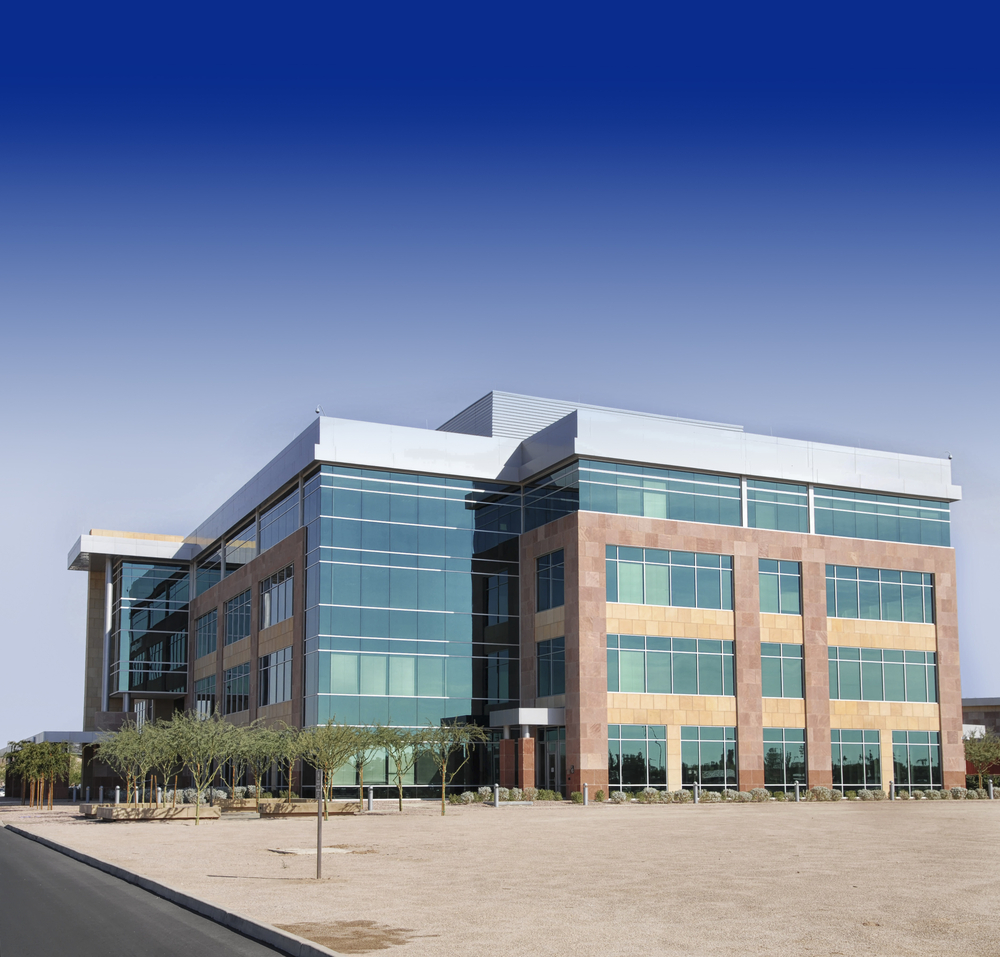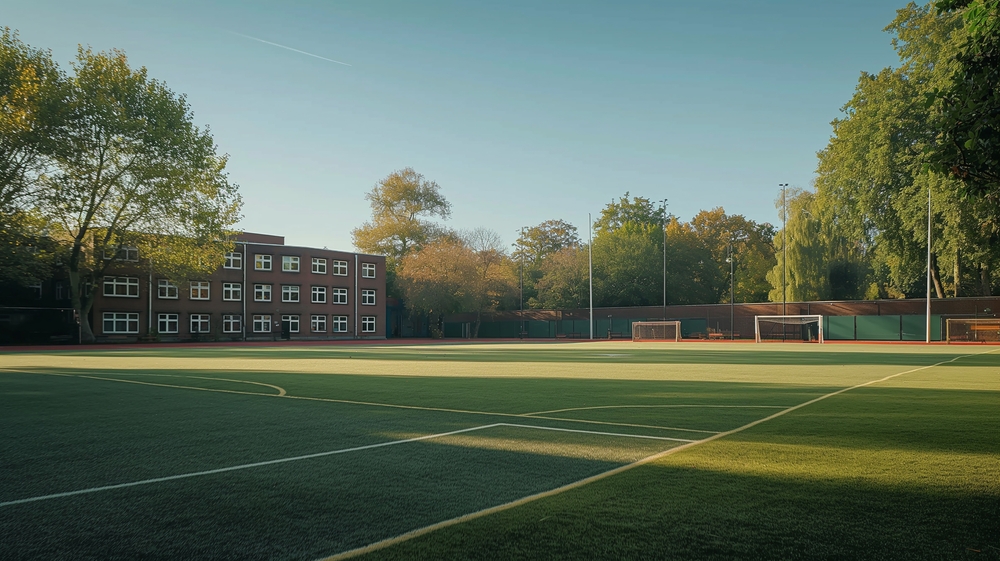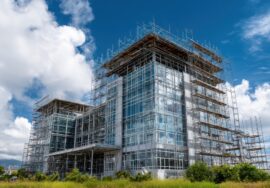Green Infrastructure Solutions: Urban Development
Green Infrastructure Solutions: A Sustainable Approach to Urban Development
Introduction
As urbanization continues to expand, the need for sustainable solutions in infrastructure becomes increasingly vital. Green infrastructure solutions provide an environmentally friendly approach to urban planning by integrating natural systems into built environments. These solutions not only enhance sustainability but also improve urban resilience against climate change.
What Are Green Infrastructure Solutions?
Green infrastructure solutions refer to a range of sustainable practices designed to manage water, reduce carbon footprints, and promote biodiversity within urban landscapes. Unlike traditional infrastructure, which relies heavily on concrete and steel, green infrastructure focuses on natural processes to improve environmental quality.
Key Benefits of Green Infrastructure Solutions
1. Improved Water Management
One of the primary advantages of green infrastructure is its ability to manage stormwater efficiently. Solutions like green roofs, permeable pavements, and rain gardens help absorb rainwater, reducing urban flooding and improving groundwater recharge.
2. Enhanced Air Quality
By incorporating vegetation into urban spaces, green infrastructure solutions help filter pollutants and improve air quality. Trees and plants act as natural air purifiers, reducing the concentration of harmful gases and particulate matter in cities.
3. Urban Heat Island Reduction
Cities tend to be warmer than their surrounding areas due to extensive use of concrete and asphalt. Green roofs, vertical gardens, and tree-lined streets help mitigate this effect by providing natural cooling mechanisms.
4. Biodiversity Conservation
Green infrastructure solutions support biodiversity by creating habitats for various plant and animal species. Parks, wetlands, and green corridors encourage ecological balance, benefiting both nature and urban dwellers.
5. Energy Efficiency and Cost Savings
Buildings integrated with green infrastructure, such as living walls and green roofs, experience reduced energy consumption. These features provide natural insulation, lowering heating and cooling costs and making structures more energy-efficient.

Examples of Green Infrastructure Solutions
1. Green Roofs and Walls
Rooftop gardens and green walls not only enhance building aesthetics but also contribute to insulation, reducing the energy demand for cooling and heating.
2. Permeable Pavements
Instead of traditional concrete roads, permeable pavements allow rainwater to seep through, reducing surface runoff and promoting groundwater recharge.
3. Urban Tree Canopies
Planting trees along streets and public spaces helps regulate temperature, improve air quality, and enhance urban aesthetics.
4. Constructed Wetlands
Artificial wetlands are designed to treat wastewater naturally, removing contaminants and supporting aquatic life while providing a scenic landscape.
5. Rain Gardens
Strategically placed gardens that collect and filter rainwater, reducing runoff and promoting infiltration into the soil.
Green Infrastructure Solutions in India
India is rapidly adopting green infrastructure to tackle urban challenges. Initiatives like rainwater harvesting, urban forestry programs, and eco-friendly urban planning are gaining traction across major cities.
For more insights into sustainable infrastructure in India, visit:
Implementing Green Infrastructure Solutions
Businesses and individuals looking to integrate green infrastructure into their projects can benefit from expert guidance. If you’re interested in sustainable urban development, consult professionals in the field.
Contact Us for Green Infrastructure
Conclusion
Green infrastructure are essential for creating sustainable and resilient urban environments. By integrating nature into cities, we can enhance water management, improve air quality, and mitigate climate change effects while ensuring economic benefits. As India moves towards sustainable urbanization, adopting these solutions will be key to a greener and more livable future.
Construction Industry in India
- One of India’s largest construction and engineering companies, Campus Construction Cost Optimization provides services including project management, cost control, and engineering consultancy. For detailed information on their offerings, visit. Construction Industry in India
Read more related articles to enhance your knowledge and make informed decisions
10 Essential Steps in the Building Construction Process
How to Choose the Right Materials for Your Construction Project









